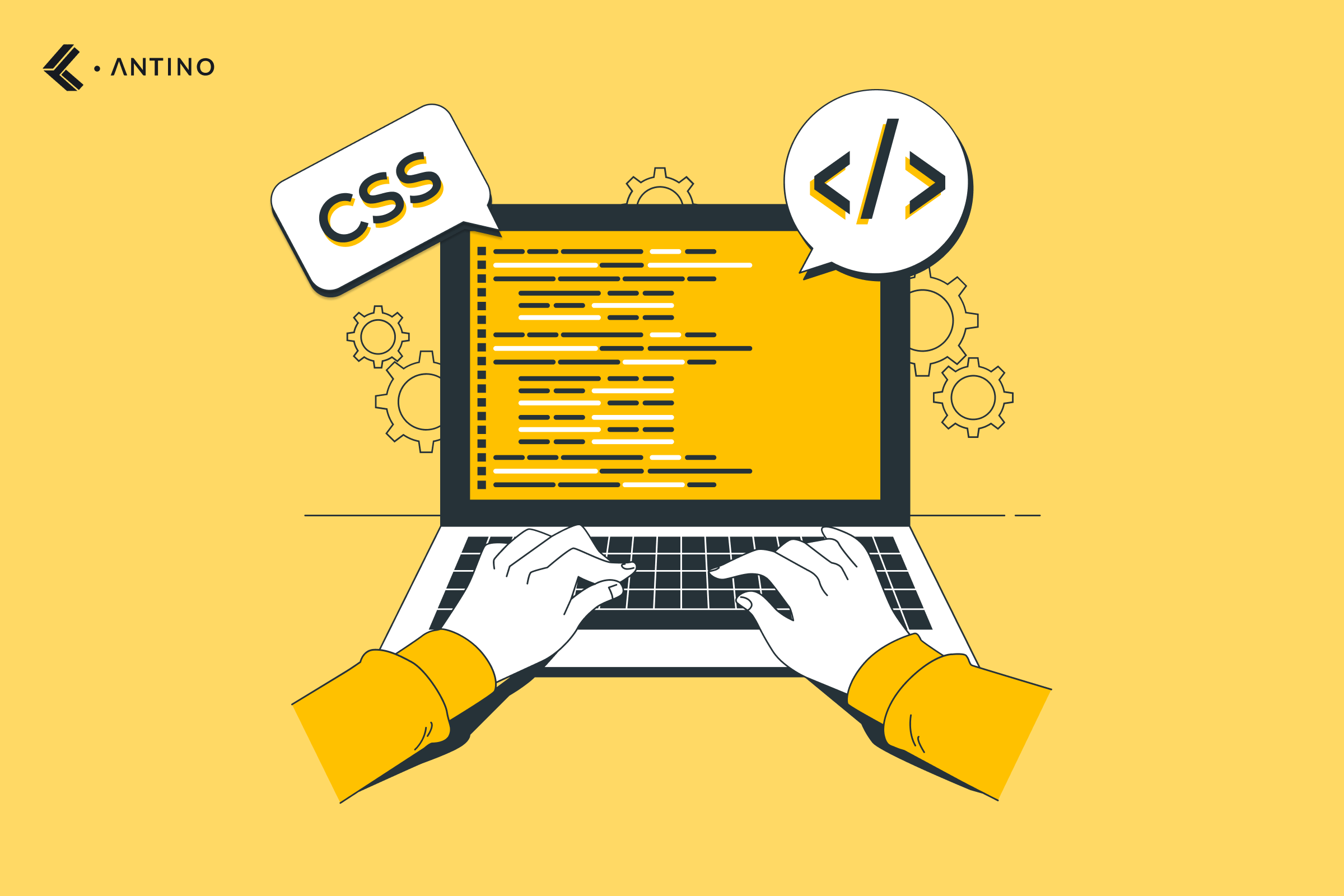The Power and Pitfalls of CSS: Advantages and Disadvantages
 Ayesha Quazi 💻🌐
Ayesha Quazi 💻🌐
CSS (Cascading Style Sheets) is the unsung hero of web development, shaping the visual appeal and layout of websites across the internet. It's a versatile tool with its own set of strengths and weaknesses. In this post, we'll explore the advantages and disadvantages of CSS.
Advantages of CSS:
Separation of Concerns: One of the primary advantages of CSS is its ability to separate content (HTML) from presentation (styling). This separation makes code more organized and maintainable.
Consistency: CSS enables the consistent styling of multiple web pages. Changes made to a single CSS file can instantly update the appearance of an entire website.
Responsive Design: With CSS, you can create responsive layouts that adapt to various screen sizes and devices. Media queries allow for a tailored user experience.
Efficiency: CSS allows you to apply styles to multiple elements simultaneously using selectors. This efficiency minimizes redundancy in your code.
Browser Compatibility: CSS helps in handling browser-specific issues. By providing fallbacks and vendor prefixes, you can ensure a consistent experience across different browsers.
Animations and Transitions: CSS3 introduces animation and transition properties, enabling the creation of engaging, interactive elements without relying on JavaScript.
Disadvantages of CSS:
Specificity Conflicts: Managing specificity can be tricky. When conflicting styles arise, CSS may not behave as expected, leading to unexpected results and debugging challenges.
Cross-Browser Compatibility: While CSS aims to provide consistency, browser differences can still cause headaches. Testing and addressing compatibility issues can be time-consuming.
Limited Logic: CSS is primarily a styling language, lacking the ability to perform complex logic and calculations like JavaScript. This limitation can be frustrating when attempting advanced functionality.
Global Scope: CSS operates globally, meaning a change intended for one element can inadvertently affect others. This can lead to unintended side effects.
Learning Curve: While CSS basics are relatively easy to grasp, mastering advanced concepts like Flexbox, Grid, and CSS-in-JS can be challenging and time-intensive.
Performance: Poorly optimized CSS can impact website performance, leading to longer load times. Minimizing and optimizing your stylesheets is essential.
In conclusion, CSS is an essential tool for web developers, offering a powerful way to style web content. Its advantages, such as separation of concerns and responsive design capabilities, make it indispensable. However, developers must be aware of its limitations, including specificity conflicts and the need for extensive cross-browser testing. By harnessing the strengths of CSS while mitigating its weaknesses, web developers can create beautiful, functional, and user-friendly websites.
#NeverGiveUp #NeverStopLearning #GiveYourBestShot #YouCanDoIt
Subscribe to my newsletter
Read articles from Ayesha Quazi 💻🌐 directly inside your inbox. Subscribe to the newsletter, and don't miss out.
Written by

Ayesha Quazi 💻🌐
Ayesha Quazi 💻🌐
I am Ayesha Quazi, a 2nd-year BCS student at Dr. Rafiq Zakaria College for Women. Am passionate about technology and refining my skills in JavaScript to contribute to the tech community. My goal is to become a Web Developer and bring positive change to the digital landscape. Let's collaborate and learn together! 🚀